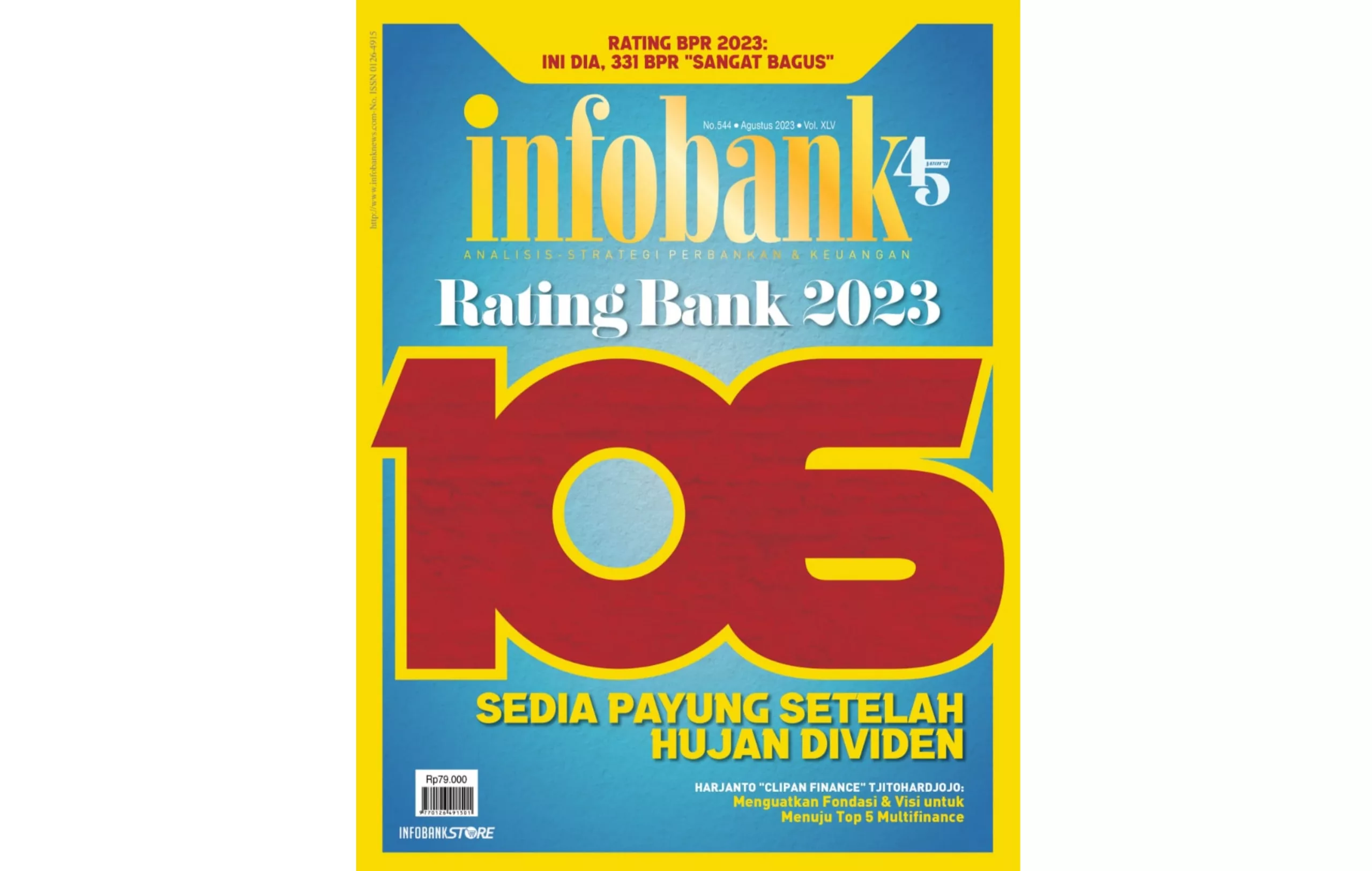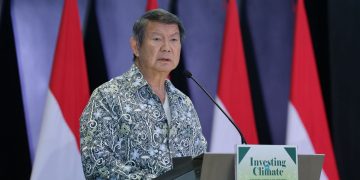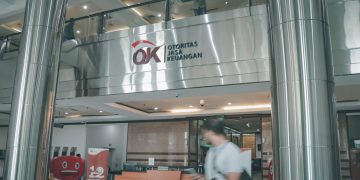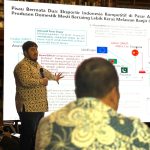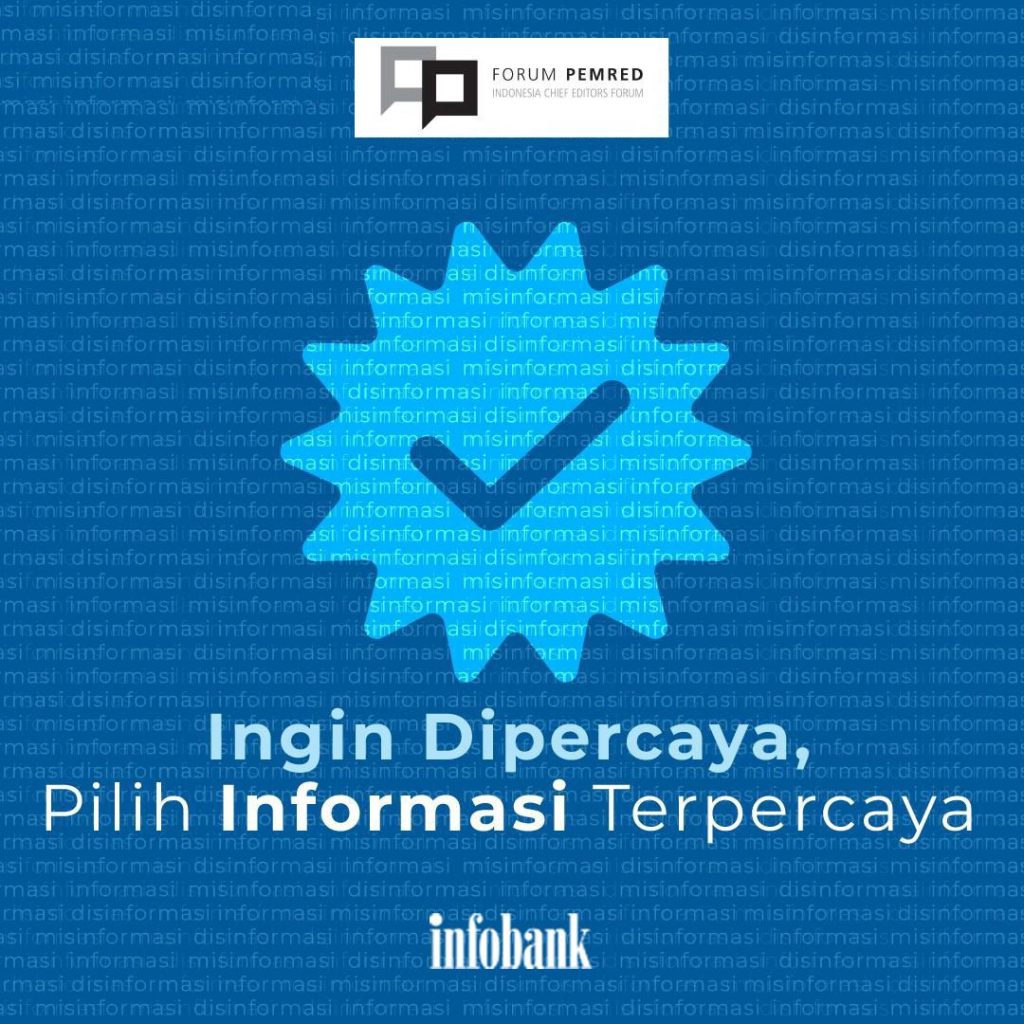By Karnoto Mohamad, Deputy Editor in Chief of Infobank
MANY bank managers in Indonesia are smiling broadly. Because their bank profits are getting fatter, they can reap thick profits from the capital invested in their banks. The most happy bank owner is the Indonesian government through the Ministry of State-Owned Enterprises (BUMN). This year, the government reaped dividends from state-owned banks amounting to IDR 43.67 trillion, or more than half of the total dividend deposits of all SOEs targeted by the Minister of SOEs of IDR 80.20 trillion by 2023.
Although the dividend figure appears large, the government’s capital injection through State Capital Injection (PMN) to SOEs is also large. In 2023, the PMN proposed by the Ministry of SOEs amounted to IDR57 trillion. Meanwhile, in 2022 the government has injected Rp71.8 trillion into SOEs, including Rp23 trillion for Hutama Karya and Rp3 trillion for Waskita Karya, two SOEs whose employees are shunned by bank credit, including Bank Mandiri. This means that the dividends paid by state-owned banks can be said to subsidize other state-owned companies whose performance is falling.
Large dividend payout ratios are also enjoyed by private sector banks. For example, the Djarum Group, owner of Bank Central Asia (BCA), which this year distributed dividends of IDR 25.3 trillion or 62 percent of the bank’s profit of IDR 40.7 trillion last year. Then Chairul Tanjung also reaped profits from Bank Mega, which this year paid dividends of IDR 2.83 trillion or 70 percent of profits of IDR 4.05 trillion in 2022.
Meanwhile, CIMB Group from Malasia, which controls 91.48 percent of Bank CIMB Niaga shares, also pocketed almost all dividends of IDR 3.05 trillion or 60 percent of profits which reached IDR 5.09 trillion last year. Meanwhile, OCBC from Singapore, which controls 85 percent of Bank OCBC NISP shares, enjoyed most of the dividends of Rp1.3 trillion from the bank’s profit of Rp3.30 trillion last year.
According to an Infobank Research Bureau study titled Rating 106 Commercial Banks 2023, dividend payments are the right of shareholders whose implementation must consider a number of factors. One of them is whether the owner’s orientation prioritizes short-term or long-term output. Long-term oriented owners will prioritize the increase in share prices and they benefit through capital gains when selling their shares.
Another factor is capitalization, which is needed for banks to be able to withstand shocks, increase their business base to become more competitive, invest in technology and achieve excellence, and be able to pay the best bankers who are the key to the bank’s success. So if there are bank owners who are underperforming and undercapitalized but do not want to raise capital and instead need quick money, they should immediately look for strategic partners so that their banks have a better future.
What other factors should owners consider in withdrawing dividends from their banks? How can banks withstand the shock of a crisis after issuing such a large dividend payout? What are the factors that boosted Indonesian banking profits to record highs in history? Which banks have the best performance and make their owners smile broadly? Read the full story in Infobank Magazine Number 544 August 2023.


